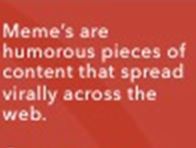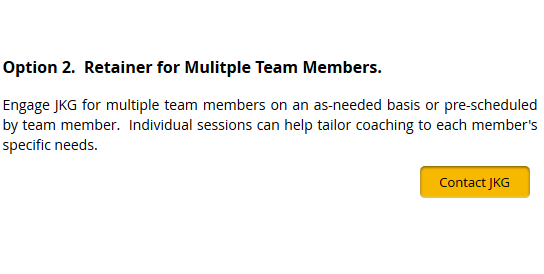MISTAKE MONDAY for April 9: Can YOU spot what’s wrong?
Can you spot what’s wrong in the image below? Please post your answer as a comment.

This one didn’t jump out at me when I reviewed the image. Will you do better than I did?
I post these challenges to raise awareness of the importance of proofreading.
MISTAKE MONDAY for April 2: Can YOU spot what’s wrong?
Can you spot what’s wrong in the image below? Please post your answer as a comment.
Here’s a key piece of information: I viewed this item when I was buying something from a website in February 2018. Without this information, you might not realize that anything is wrong with this week’s Mistake Monday item.

I post these challenges to raise awareness of the importance of proofreading.
Let’s visit apostrophe hell
I’m not the only person who dislikes misplaced apostrophes (or should I say apostrophe’s?). There’s a Flickr page called Apostrophe Hell with photos of apostrophe abuse. Misused apostrophes turn up frequently on Mistake Monday on this blog. Below you’ll see some examples. I share them to remind all of us—including me—to pay attention to apostrophes when writing and proofreading.
Its vs. it’s
It’s vs. its is a classic example of where apostrophes are often abused, as you’ll see in the Mistake Monday examples below. Most often there’s an apostrophe where it’s not needed.


Sometimes the mistake goes the other way. A sentence lacks the apostrophe needed to create the contraction for “it is.”

Other possessives
You need an apostrophe to form the possessive for most words other than “its” and “yours.” The proofreaders for the images below didn’t remember that.


Contractions
Apostrophes are also important to forming contractions.
For example, “let us” becomes “let’s”—at least that’s what should happen.
Random insertion of apostrophes
Sometimes people seem to insert apostrophes randomly. What was this person thinking?

MISTAKE MONDAY for March 26: Can YOU spot what’s wrong?
Can you spot what’s wrong in the image below? Please post your answer as a comment.

Want a clue to this week’s big mistake? Read my post on “Bloggers’ top two punctuation mistakes.” It doesn’t discuss this exact mistake, but it’ll point you in the right direction.
I post these challenges to raise awareness of the importance of proofreading. I make mistakes, too. Mistake Monday keeps me vigilant. After all, I don’t want to make any more mistakes worthy of posting here.








